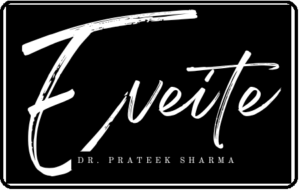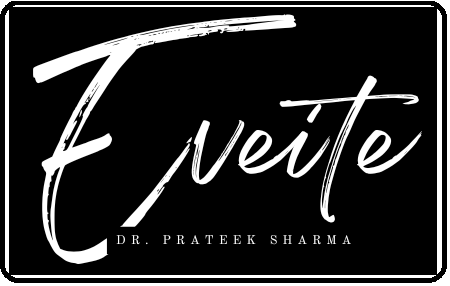PRP
PRP stands for Platelet-Rich Plasma, which is a type of treatment used in cosmetic procedures to promote skin rejuvenation and healing. PRP is derived from a patient’s own blood and contains a high concentration of growth factors and other bioactive proteins that are important for wound healing and tissue regeneration.
In cosmetic procedures, PRP is typically injected into the skin or used topically to promote skin rejuvenation and improve the appearance of fine lines, wrinkles, and acne scars. PRP can also be used to enhance the results of other cosmetic procedures, such as microneedling or filler injections.
Overall, PRP is a non-surgical, minimally invasive treatment that can help to improve the appearance and health of the skin. However, it is important to choose a qualified, experienced, and reputable injector to perform your PRP procedure to ensure the best possible results and minimize the risks of complications.
BENEFITS OF PRP
PRP (Platelet-Rich Plasma) offers several benefits for the skin, including:
- Stimulating collagen production: PRP contains growth factors that can help to stimulate the production of collagen, which is a natural protein that helps to keep the skin firm and youthful.
- Improving the appearance of fine lines and wrinkles: PRP can help to improve the appearance of fine lines and wrinkles by promoting skin rejuvenation and stimulating the production of new skin cells.
- Improving skin texture and tone: PRP can help to improve the texture and tone of the skin, resulting in a more radiant and youthful appearance.
- Reducing the appearance of acne scars: PRP can help to reduce the appearance of acne scars by promoting the healing and regeneration of skin tissue.
- Enhancing the results of other cosmetic procedures: PRP can be used in conjunction with other cosmetic procedures, such as micro needling or filler injections, to enhance their results and promote skin rejuvenation.
- Safe and minimally invasive: PRP is a non-surgical, minimally invasive treatment that is safe and well-tolerated. It is made from a patient’s own blood, so there is no risk of allergic reactions or disease transmission.
Overall, PRP can help to improve the appearance and health of the skin, resulting in a more youthful and refreshed appearance. However, it is important to choose a qualified, experienced, and reputable injector to perform your PRP procedure to ensure the best possible results and minimize the risks of complications.
PROCEDURE FOLLOWED AT EVEITE
The best way to get PRP (Platelet-Rich Plasma) treatment depends on several factors, including the individual’s specific needs and goals, their skin type and condition, and the injector’s experience and training. In general, the following steps are involved in the PRP procedure:
- Consultation: A thorough consultation with a qualified injector is the first step in planning your PRP treatment. During the consultation, the injector will assess your needs and determine the best approach for you.
- Blood draw: A small amount of blood will be drawn from the patient, usually from the arm. The blood will then be processed in a centrifuge to separate the plasma from the red and white blood cells.
- Preparing the skin: Prior to the procedure, the injector will clean the skin and may apply a numbing cream or local anesthetic to reduce discomfort.
- Injecting the PRP: The PRP will be injected into the skin or applied topically, depending on the individual’s specific needs and the injector’s technique. The PRP will be delivered in a series of small injections, taking care to avoid the eyes, mouth, and hairline.
- Aftercare instructions: The injector will provide you with specific aftercare instructions, such as avoiding sun exposure, using a gentle cleanser and moisturizer, and avoiding certain skincare products for a specified period of time.
It is important to choose a reputable and experienced cosmetic surgery center, and an experienced and qualified injector, to ensure the best possible results and minimize the risks of complications. You should also discuss the type of PRP being used, the expected results, and any potential risks or side effects before undergoing treatment.

